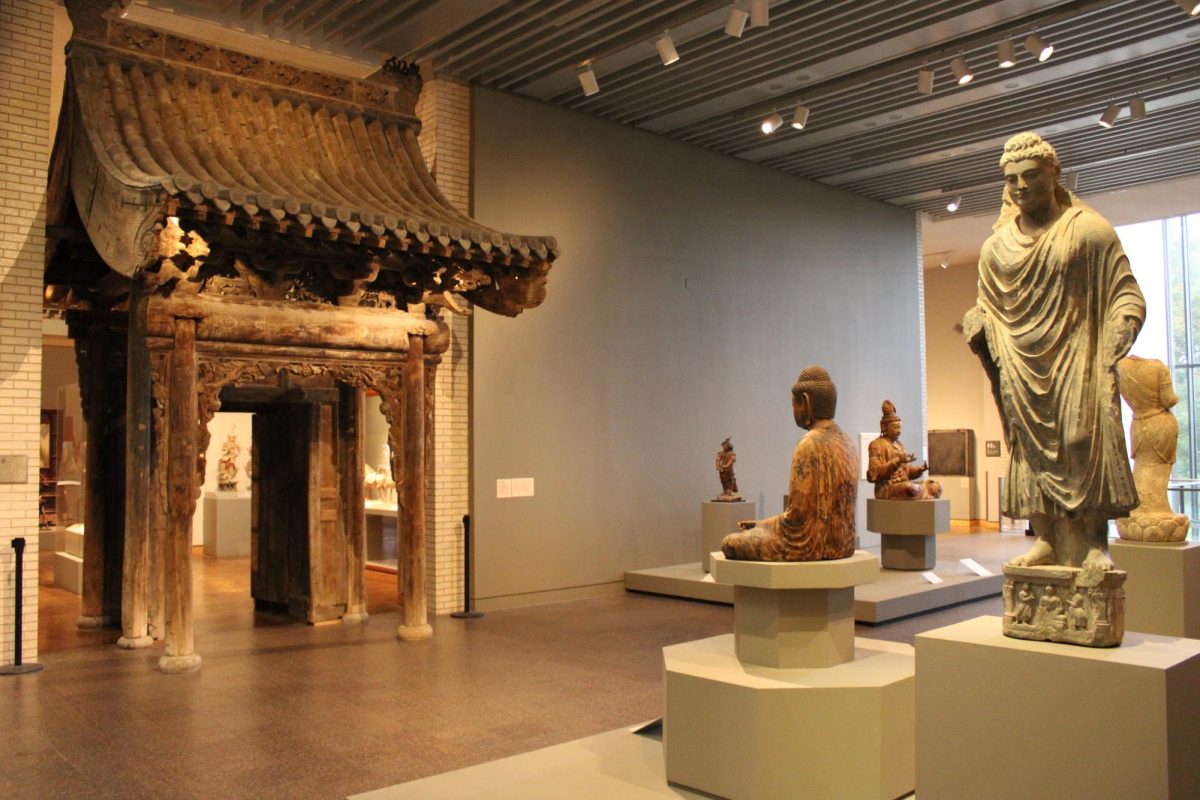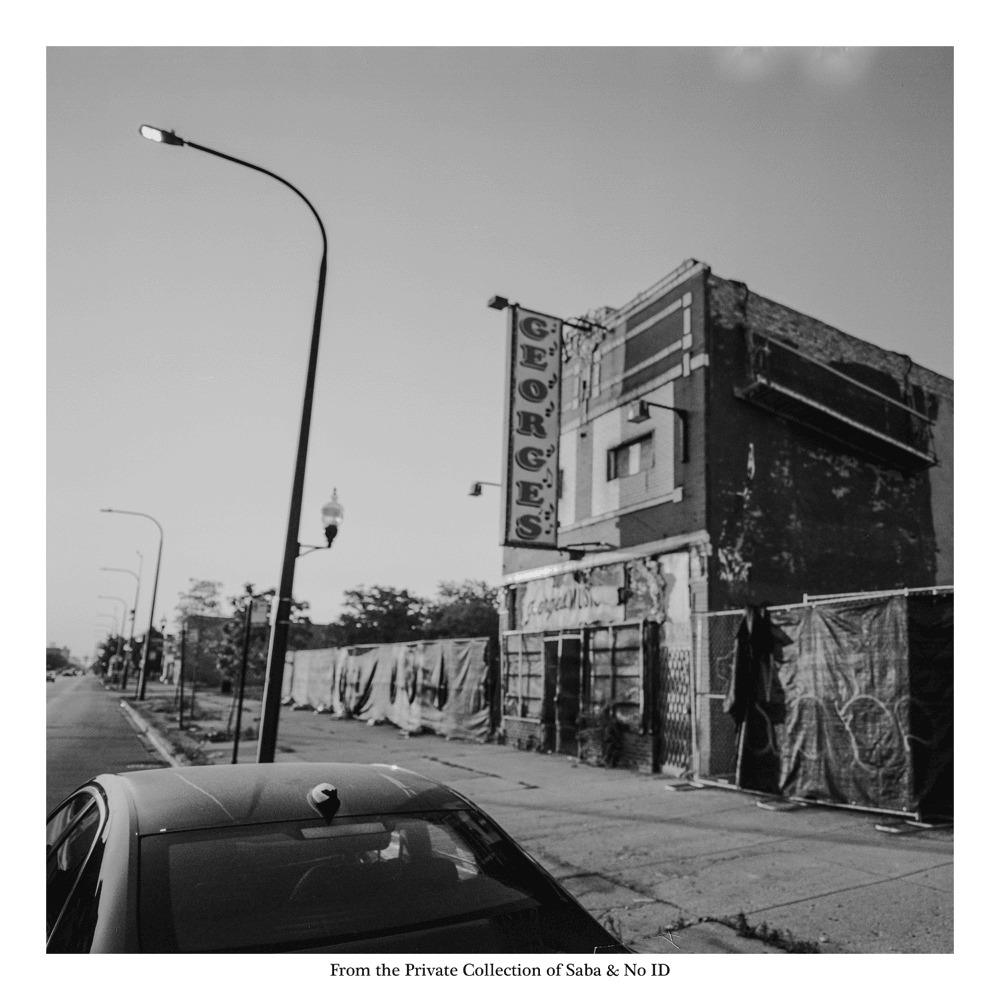In 1883 the Minneapolis Institute of Art (MIA) was founded to create a sense of art culture within the twin cities. The MIA is the largest arts museum in Minnesota, and one of the largest in the United States with more than 90,000 pieces of art from thousands of years of world history.
As you walk up to the front doors of the building it is clear as to what you will find inside. The architectural style is artwork in itself, being based on classical French architectural designs. The building is composed of three different floors with many different works of art. However, most of the artwork is found on floors two and three.
Each section of the museum is split into artwork from different time periods and continents. On the second floor you can see artwork from all over the continent of Asia. Spanning from the art of Israelites in the middle east all the way to samurai’s armor in Japan. The MIA also has tons of art from the continent of Africa, the Americas, Europe and many of the pacific islands.
While walking through you’ll notice that many rooms within the building are set up to look like rooms from a certain time period taking place in a specific country. One example is the Tudor Room, which was installed to appear as a private entertainment room from 15th-century England. Another example would be the Georgian drawing room, which is a gallery room that has been set up to appear as a room from 18th-century Georgian England.
On each floor of the MIA there are rooms celebrating modern and contemporary art throughout the ages. Within these gallery rooms many famous artists can be found. This includes many pieces by artists such as French impressionist Claude Monet, Spanish painter Pablo Picasso, Dutch painter Vincent van Gogh and Spanish artist Salvador Dali.
One exhibit that I found interesting is the “Frank Lloyd Wright hallway.” Frank Lloyd Wright was a famous architect and designer well known for designing buildings such as Fallingwater in Mill Run Pennsylvania. The hallway is based on the interior design that Frank made for a married couple’s summer residence, which overlooked Lake Minnetonka. Unfortunately, the house was demolished, due to the couple not being able to find a buyer which inspired MIA to create this exhibit within the museum. I enjoyed the application of well known local artwork within the museum itself. It allowed for a more Minnesota focused experience, which helped make the entirety of the institute feel more homey.
Another interesting exhibit held by the MIA was a modern art piece called, “The last safe abortion,” made by artist Carmen Winant. The artist gathered photographs from many states all across the midwest as well as some taken by herself since the overturning of Roe v. Wade. The photographs subject abortion doctors answering phones, scheduling appointments for people and handling abortions. The piece does a great job at honoring and recognizing abortion work. The focus on midwest states adds to the Minnesotan/midwestern feel shown throughout the museum. This is also a very unique piece that I haven’t ever seen in an arts museum before. It stands out and sends a good message, which is why I would highly recommend it.
One thing about the museum however is that despite it being very interesting and relaxing. It is pretty hard to navigate, but shouldn’t be too difficult with a map. There are only two floors that truly have any artwork on them. But despite the seemingly small space, the MIA is a big building with tons to offer.
Overall, the MIA is a very interesting and relaxing experience that allows you to destress and quietly appreciate artwork. Starting on Oct. 22 the MIA will be opening a new exhibit that displays native american photography from the late 1800s until present day.
The MIA is open from 10 a.m. to 5 p.m. on Tuesdays, Wednesdays, Fridays and Saturdays. On Thursdays, the Minneapolis Institute of Art stays open from 10am until 9pm to allow for guests to enjoy the artwork that the museum has to offer.
Minneapolis Institute of Art: ★★★★☆










